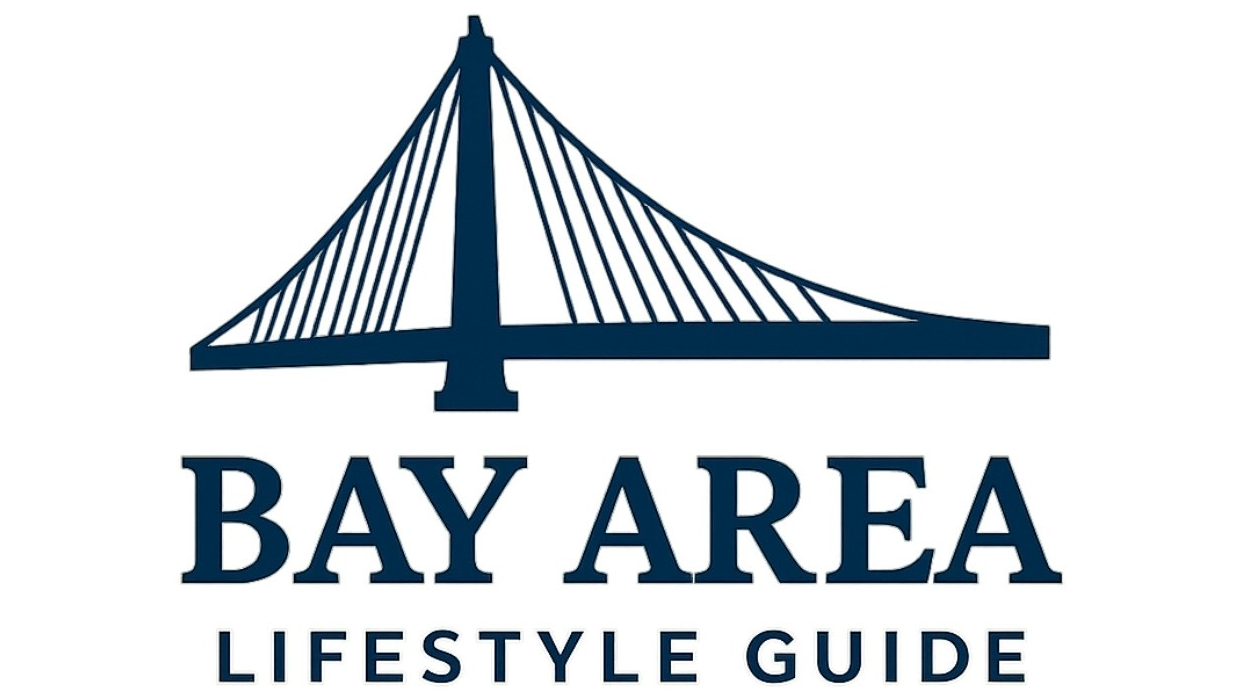
Understanding the Recent Gun Violence in Oakland
In a troubling turn of events, two separate shootings shook Oakland on a Tuesday night, igniting concerns about safety on public transport and in the community at large. The first incident took place around 7:30 PM on a moving BART train near Fruitvale station, when a 15-year-old boy was shot. Fortunately, he was reported to be in stable condition with non-life-threatening injuries.
In the aftermath of this shocking event, BART services were disrupted, allowing local police to conduct thorough investigations amidst the lighter traffic of the evening. The preliminary findings suggest that the victim and the shooter might have had prior interactions, leaving many to wonder about the reasons behind such violence and how it could have been prevented.
The Impact of Gun Violence on Community Safety
The second shooting occurred less than an hour later on I-580. A gold Subaru Outback drove alongside a black Ford Fiesta and opened fire, causing panic but fortunately causing no injuries. This series of events poses a significant question: how safe are we and what can be done to prioritize and restore safety for our community members? Such shootings highlight an urgent demand for dialogues focused on gun safety, violence prevention, and the support systems necessary for youth.
Social Connection: Why This Matters to All of Us
For the residents of the SF Bay Area, incidents like these are not merely statistics—they represent a real threat to the livelihoods and security of our friends, families, and ourselves. Each incident adds a layer of anxiety and fear to daily life, impacting how we navigate public spaces and use public services like BART. The conversation must shift from reactive measures to proactive strategies that build safe environments.
Future Predictions for Oakland's Community Safety
In looking ahead, it’s essential to consider how Oakland can evolve in tackling gun violence. Community programs focusing on youth engagement, mental health resources, and conflict resolution training may hold the keys to intervention. By fostering healthy relationships between youth and community leaders, we can cultivate a culture that discourages violence and promotes understanding.
Counterarguments and Diverse Perspectives
As we discuss the root causes of these incidents, it is vital to consider various perspectives. Some argue that increased policing might be the answer, while others advocate for community-led initiatives focusing on rehabilitation and outreach. Each perspective brings valuable insights into how we navigate complex societal issues.
Taking Action: What You Can Do
As concerns about youth safety and violence become more pronounced, individuals in the community can contribute positively by getting involved. Attend local community meetings, participate in youth mentorship programs, or volunteer with organizations that focus on violence prevention. It’s our collective action that will lead to positive change.
Conclusion: Unite for a Safer Community
The recent shootings in Oakland are a stark reminder of the vulnerabilities we face in our communities. However, it also emphasizes the strength of our societal bonds. By coming together, we can advocate for change, support one another, and ultimately foster a sense of safety within our neighborhoods. Let’s engage with each other, discuss strategies for improvement, and take steps toward a more secure, connected world.
 Add Row
Add Row  Add
Add 



Write A Comment